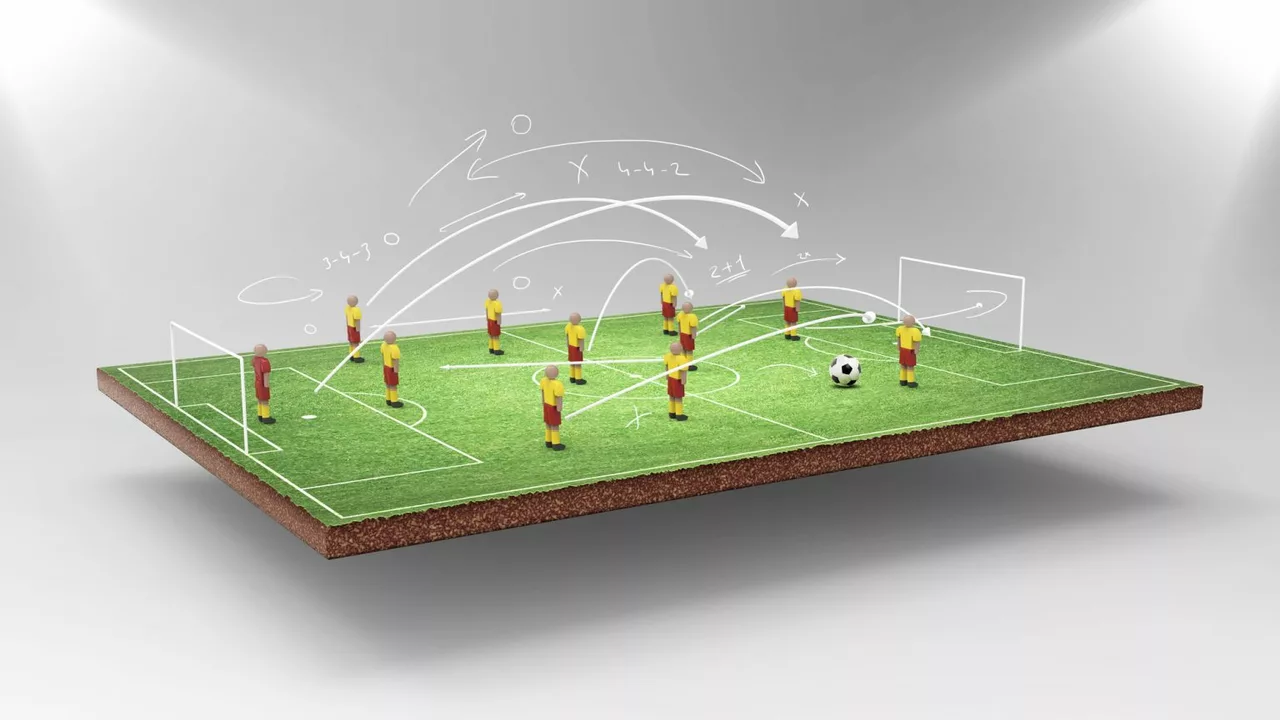Soccer Positions: What They Do and How to Play Them
Ever wonder why some players stay back while others rush forward? It’s all about the position they play. Knowing the basics helps you watch games better and decide where you fit on the pitch. Below you’ll find quick explanations and easy tips for every role.
Defenders – The First Line of Defense
Defenders keep the ball away from the goal. A centre‑back stays in the middle, wins headers, and clears long balls. Full‑backs run along the sides, stop wingers, and sometimes join the attack with overlaps. Defenders need good timing, strong tackles, and the ability to read the opponent’s moves. Simple tip: practice heading the ball and positioning yourself between the attacker and the goal.
Can defenders score? Absolutely. Set pieces like corners give them a chance to jump into the box and head the ball home. If you’re a defender, work on your heading and positioning for those moments.
Midfielders and Forwards – Creating and Scoring
Midfielders link defense and attack. A defensive midfielder shields the back line, breaks up passes, and starts counter‑attacks. Central midfielders control the game’s tempo, pick out passes, and support both ends. Wingers stay wide, beat the full‑back, and deliver crosses. Midfielders need stamina, vision, and quick decision‑making. Simple tip: practice one‑touch passing to keep the ball moving fast.
Forwards are the team’s main goal threat. A striker stays high, looks for scoring chances, and finishes with accurate shots. A second striker may drop deeper, link up play, and create space for the main striker. To improve as a forward, work on shooting from different angles and mastering quick turns.
Goalkeepers are the last line. They catch, punch, and distribute the ball. Good reflexes, strong communication with defenders, and solid footwork make a keeper reliable. Practice handling drills and short passes to teammates.
When you choose a position, think about your strengths. If you’re tall and strong, defence might suit you. If you love running and passing, midfield could be your spot. If you have a good shot and love scoring, try forward.
Each position also has sub‑roles. For example, a “box‑to‑box” midfielder covers the whole field, while a “pressing forward” constantly pressures the opponent’s defence. Understanding these nuances can make you a smarter player and fan.
Want to get better fast? Focus on one position, learn its key duties, and train the specific skills mentioned above. Watching games with the knowledge of each role will also help you see where mistakes happen and how the pros fix them.
Remember, soccer is a team sport. Even the best striker can’t score if the midfield doesn’t supply the ball. Keep your communication clear, support teammates, and always stay aware of where the ball is.
Ready to test your knowledge? Grab a ball, pick a position, and try out the tip you just read. You’ll feel the difference right away.
Playing midfield in soccer is all about control and balance. As a midfielder, it's my job to both defend our goal and set up attacks by controlling the ball, passing accurately, and positioning myself correctly. I have to keep an eye on the whole field, anticipate the game, and react quickly. It's a challenging role requiring stamina, skill, and strategic thinking. Remember, a good midfielder can be the key to a team's success.
